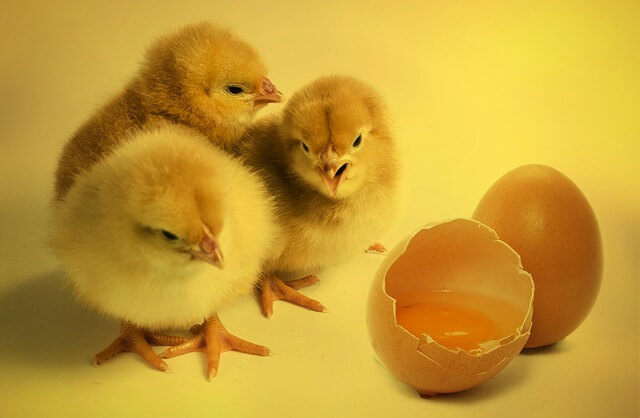Author: Randeep Singh / go to all Samkhya Karikas

Samkhya karika 52 text:
Na vinaa Bhaavair lingam na vinaa lingena bhaavanirvrittih |
Lingaakhyo bhaavaakhyasta smaad dvedhaaa pravartate sargah ||
Na – not
Vinaa – without
Bhaavair – the bhavas
Linga – the mark, evolution of subtle substances (tanmatras)
Na vina lingena – not without the evolution / creation of tanmatras
Bhaavanirvrittih – release from the activities of bhavas
Lingaakhyo – termed linga
Bhaavaakhyas – named bhavas
Tasmaad – therefore, hence
Dvedhaaa – two-fold
Parvartate – continues
Sargah – evolution
Samkhya karika 52 in a way emphaises on the role of the intellect (Buddhi) for an individual on the path of emancipation, liberation from the shackles of the material world (manifest Prakriti). It is the four Bhavas or attitudes of Buddhi which decide the kind (quality) of experience Buddhi will generate which will be presented to Purusha.
The quality of experience generated by Buddhi depends upon the quality of information it receives from the sense organs, which are made up of tanmatras (intermediate subtle form of matter).
Samkhya Karika 52 – Bhavas and Tanmatras Feed each other
Samkhya philosophy as per this karika clarifies the fact that the sense organs and the bhavas (residing in Buddhi) feed each other’s existence. The Bhava, one of the four attitudes Buddhi is in, will direct the quality of evolution of tanmatras, which will influence the quality of sense organs which evolve from them.
The quality of information collected by the sense organs will depend on the qualityof the senses itself. Now, this information (quality) when presented to Buddhi for interpretation has the power to alter the Bhava,or quality (attitude) of Buddhi in turn.
Its like a chicken and egg situation where in the question on which came first (chicken or the egg) remains a connundrum.
Out of the two (Bhavas and tanmatras), Bhavas possess more power in influencing the experience to be presented to Purusha for the purpose of knowing anything. This knowing can help transform the other experiences, which are coming afterwards, if the Bhavas inhabiting Buddhi are transformed to be more positive.
This shows that for the sense organs (matters, tanmatras) to develop positive qualities, and capture positive signals to relay to Buddhi (intellect) for converting them (interprating) into an experience for the Purusha, Buddhi must be itself possessed with the positive Bhavas.
Buddhi is what imparts cognition and meaning to an otherwise biological happening, event. It is what has the ability to comprehend, understand, or discriminate. It has the ability to understand a thing or a happening from multiple dimensions. It is what actually helps Purush to know and experience the material world.
One should understand the significance, power of the intellect (Buddhi) and use it to finally free oneself from the grip of the material world and realise Purusha (super consciousness).
